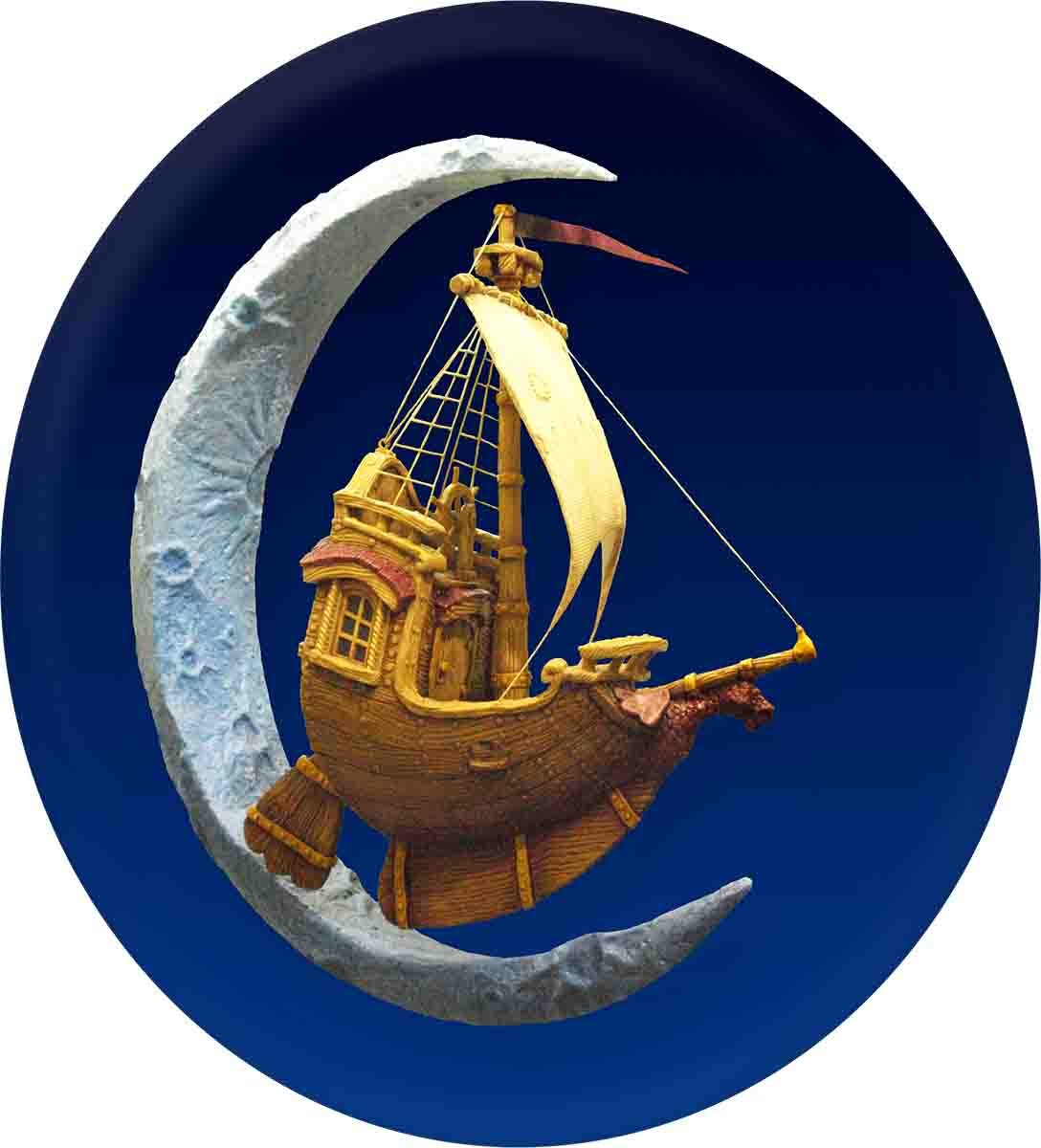To create a solid base for the cement to follow, Dan use galvanized diamond lath. It is cut roughly to size and then wired on with tie wire. The tools are simple - as is the task but as always it looks easy until you try it for the first time. If you look close at the picture you can see a bent loop in the wire. This is poked through the mesh and then looped around the welded pencil rod, then pulled tight with the nippers, twisted and cut off in a smooth quick motion. With practice it becomes easy. But keep the bandaids handy as the wire is sharp and will cut if you aren't careful!
If you need more than one sheet to cover the frame overlap by at least a couple of inches. Tie the mesh securely. — basically the mesh needs to be stable. If it wiggles it needs more tying!
After the mesh is finished it is on to the mud. We like to use a flexible tool trowel to apply the mud. We also wear rubber gloves — wet concrete is caustic and concrete burns can be very painful. Be sure to wear some safety glasses when you are mixing too. For this project we used a simple mix — one part sand, one part cement powder. We used a paddle mixer in a half inch drill to mix the concrete in a five gallon pail.
You need to press hard enough with the trowel to squeeze a little mud through the mesh but soft enough to not push it all the way through. We like to work from the top down — literally hanging the cement as we go. Below you can see Dan, scooping the cement out of the bucket with his left hand and applying it with the trowel in his right.
After the concrete is applied, Dan let things set up about an hour before he came back with a folded piece of mesh and scratched a rough patter into the wet cement. This would provide a mechanical bond when he add the rock work on after the sign is painted.
The sign is now starting to look like it will when it is finished.


















